Building a gas-powered hydraulic dump trailer can be both a challenging and rewarding endeavor. This guide will take you through the intricacies of constructing one, ensuring that you have the knowledge required to create a reliable and efficient piece of equipment.
Understanding the Basics of Hydraulic Dump Trailers
Before diving into construction, it’s essential to grasp the fundamental concepts behind hydraulic dump trailers. These trailers use hydraulic power to lift and dump loads, making them invaluable for construction, landscaping, and agricultural tasks.
Components of a Hydraulic Dump Trailer:
| Component | Description |
|---|---|
| Trailer Frame | The structure upon which the body is built, providing support. |
| Hydraulic Cylinder | Converts hydraulic pressure into mechanical force to lift the bed. |
| Hydraulic Pump | Supplies the necessary hydraulic fluid to the cylinder. |
| Power Source | Gas engine or motor that drives the hydraulic pump. |
| Dump Bed | The main body of the trailer where loads are held. |
| Safety Features | Includes emergency release mechanisms, safety chains, and brakes. |
Importance of Design
The design of your dump trailer is critical in ensuring its functionality and durability. Choosing the right materials and dimensions will significantly influence its load capacity and overall performance. Below, we’ll break down the essential steps in constructing your dump trailer.
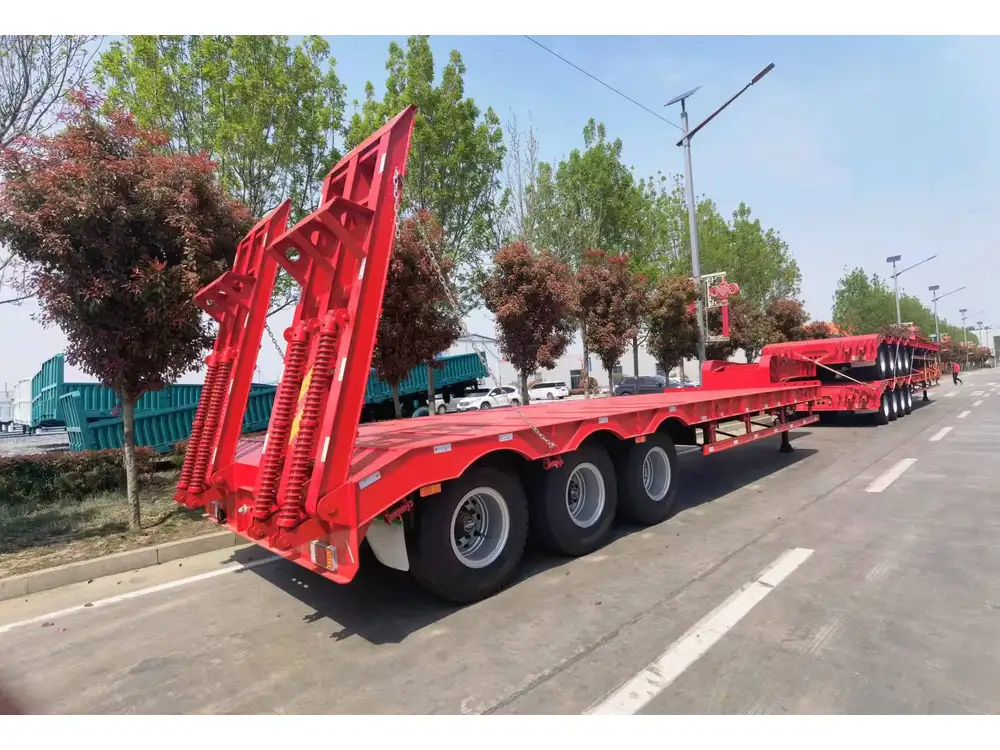
Step 1: Planning and Design
Determine Trailer Specifications
- Size and Capacity: Evaluate the expected loads. Consider the dimensions and weight limits necessary for your applications. A common size for utility purposes is 5-7 feet wide and 10-14 feet long, capable of handling 5,000 to 10,000 pounds.
- Material Selection: Choose high-quality materials like steel or aluminum for durability and strength. Steel is heavier but more robust, while aluminum is lighter and resistant to rust.
Create Blueprints
Draft detailed blueprints that include:
- Frame layout
- Location of the hydraulic system
- Dimensions of the dump bed
- Mounting points for the hydraulic cylinders

Step 2: Gathering Materials and Tools
Here’s a list of essential materials and tools you will need:
Materials
| Material | Purpose |
|---|---|
| Structural Steel | For building the frame and dump bed |
| Hydraulic Cylinder | For lifting the dump bed |
| Hydraulic Pump | To power the hydraulic system |
| Gas Engine | Acts as the power source for the pump |
| Axles and Tires | For mobility and stability |
| Safety Chains | To secure the trailer during transport |
| Hydraulic Fluid | To operate the hydraulic system |
Tools
- Welding machine
- Angle grinder
- Drill and drill bits
- Socket set
- Wrenches
- Measuring tape
- Level
- Safety gear (gloves, goggles)
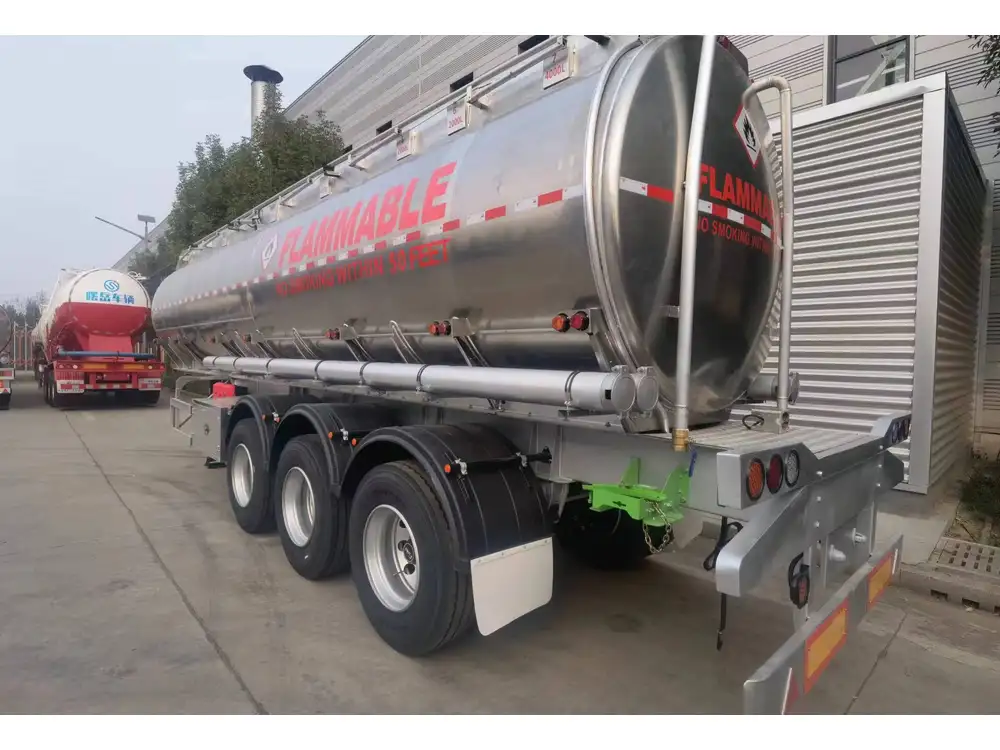
Step 3: Constructing the Trailer Frame
Building the frame is the backbone of your dump trailer. Follow these steps to ensure a strong and stable structure.
Frame Assembly
- Cut the Steel: Measure and cut the steel pieces according to your blueprints.
- Weld the Frame: Start by welding the frame, creating a rectangular base that supports the dump bed. Make sure that all joints are secure to withstand heavy loads.
- Add Cross Members: Weld cross members to enhance the structural integrity. This distributes weight evenly across the frame.
Step 4: Constructing the Dump Bed
The dump bed is where all the material will sit, and its construction is pivotal for the trailer’s functionality.
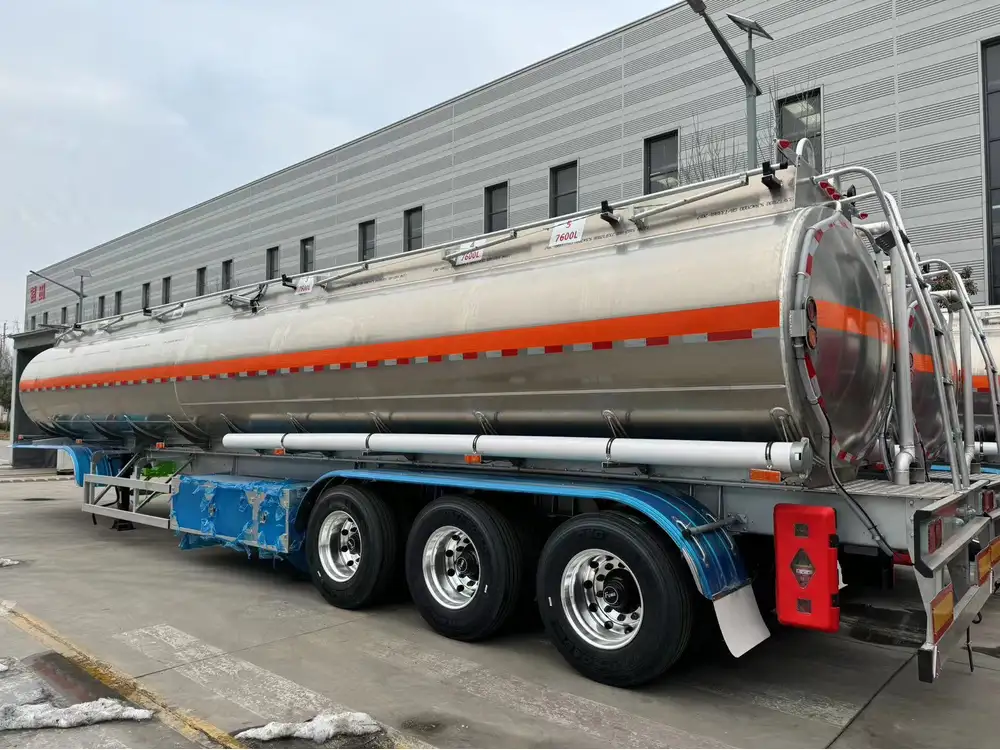
Bed Construction
- Sheet Metal: Cut sheet metal to size and weld it onto the frame to create the bed. Ensure the sides are high enough to hold the load securely.
- Install Reinforcements: Add struts along the sides and bottom of the bed for additional support.
Step 5: Installing the Hydraulic System
The hydraulic system is the heart of your dump trailer, allowing it to lift and tilt.
Hydraulic Cylinder Installation
- Mount the Cylinder: Position the hydraulic cylinder between the frame and the dump bed. Use brackets to secure it firmly.
- Connect to the Pump: Route hydraulic lines from the pump to the cylinder. Ensure that the connections are tight to prevent leaks.
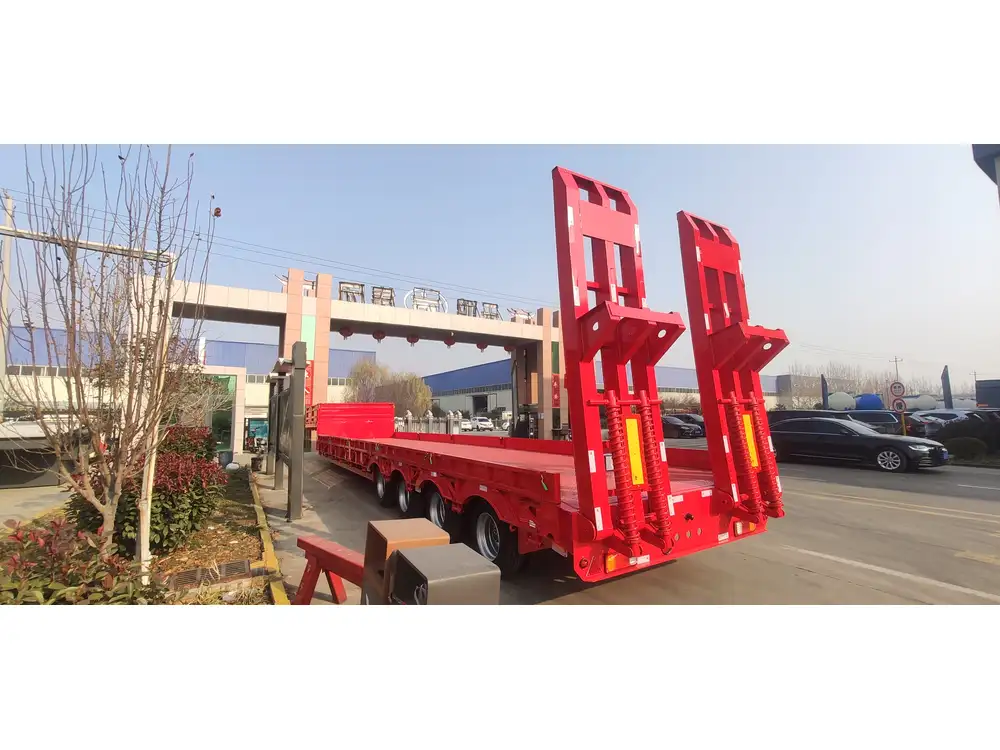
Hydraulic Pump Setup
- Mount the Pump: Secure the hydraulic pump to the trailer frame, ensuring it’s easily accessible for maintenance.
- Gas Engine Connection: Connect the gas engine to the hydraulic pump following the manufacturer’s specifications. Ensure all electrical components are organized and insulated to prevent short circuits.
Step 6: Adding Mobility Features
A dump trailer isn’t complete without the means to move it. This step includes attaching axles, wheels, and safety features.
Axles and Wheels
- Attach Axles: Mount axles under the trailer. Ensure they are aligned correctly for balanced weight distribution.
- Install Wheels: Secure wheels on the axles, following the manufacturer’s torque specifications.

Safety Components
- Brakes: Install a braking system to ensure that the trailer can stop safely when loaded.
- Safety Chains: Add safety chains to secure the trailer to the towing vehicle in case of failure.
Step 7: Testing and Final Adjustments
After assembling your gas-powered hydraulic dump trailer, it’s crucial to test its functionality before using it for heavy loads.
Functionality Testing
- Hydraulic Test: Start the engine and activate the hydraulic pump to test the lift mechanism. Watch for smooth operation without leaks.
- Load Testing: Gradually introduce weight to the dump bed, ensuring the trailer remains stable.
- Road Test: Take the trailer on short drives to assess handling and braking effectiveness.
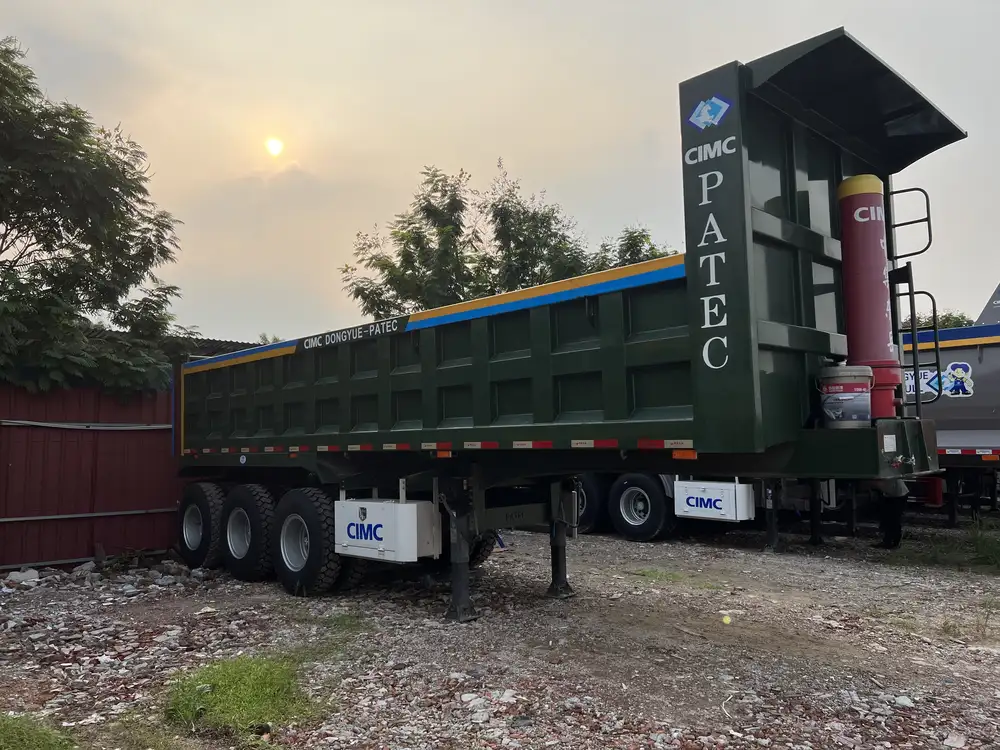
Essential Considerations for Building Your Dump Trailer
Compliance and Regulations
Before hitting the road, familiarize yourself with local regulations regarding trailer weight limits and safety equipment. Adhering to legal requirements ensures not only safety but also avoids potential fines.
Maintenance Practices
Regular maintenance extends the life of your trailer. Here are a few practices to consider:
- Hydraulic System Checks: Periodically inspect hoses and connections for wear and tear. Replace any defective components immediately.
- General Inspections: Routinely check the trailer frame, bed, and joints for signs of rust or damage.
| Maintenance Item | Frequency |
|---|---|
| Hydraulic Fluid Level | Monthly |
| Tire Pressure | Monthly |
| General Wear & Tear | Bi-Annually |

Troubleshooting Common Issues
Even the best-built trailers can encounter problems. Here’s how to troubleshoot common issues:
| Problem | Possible Cause | Solution |
|---|---|---|
| Hydraulic Cylinder Won’t Lift | Low hydraulic fluid | Refill hydraulic fluid |
| Leaks in Hydraulic Lines | Worn hoses or fittings | Replace damaged components |
| Unstable Trailer | Uneven weight distribution | Redistribute load evenly |
Conclusion
Building a gas-powered hydraulic dump trailer involves meticulous planning, precise execution, and ongoing maintenance. By adhering to the steps outlined in this guide, you can create a durable and effective trailer that meets your hauling needs. Remember, the difference between a good trailer and a great one often lies in the details. Stay attentive to quality and safety, and your trailer will serve you reliably for years to come.
Embarking on this project not only equips you with a functional trailer but also enhances your skills and knowledge in the field of manufacturing and engineering. Happy building!



